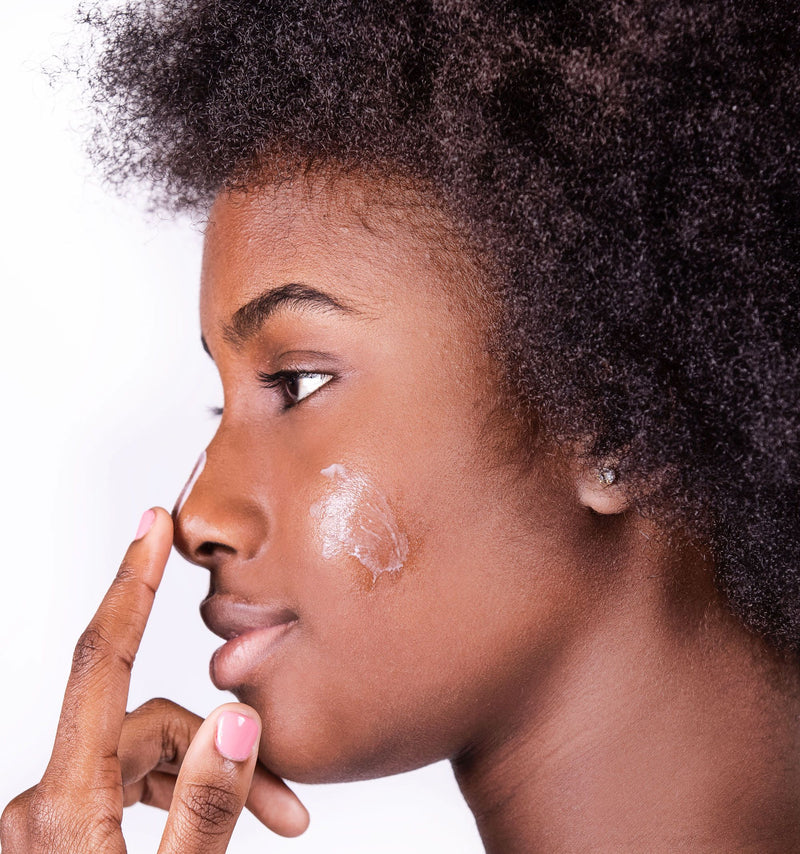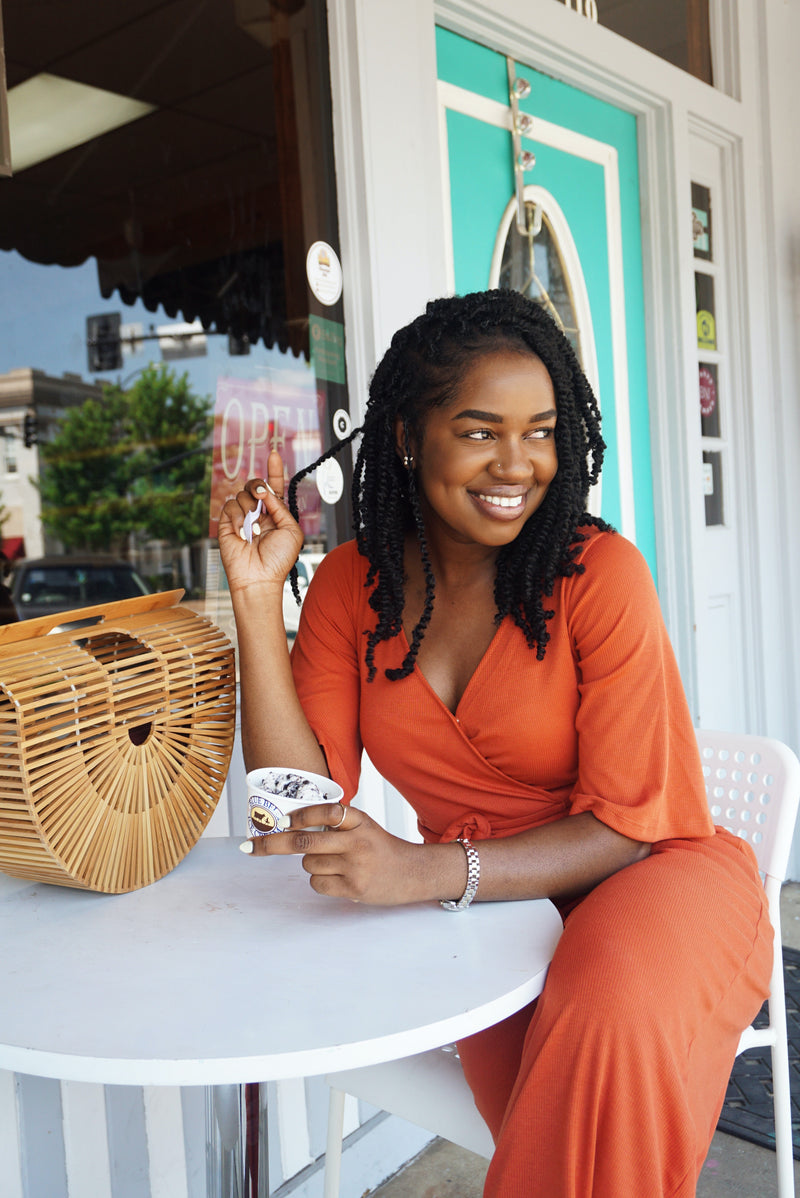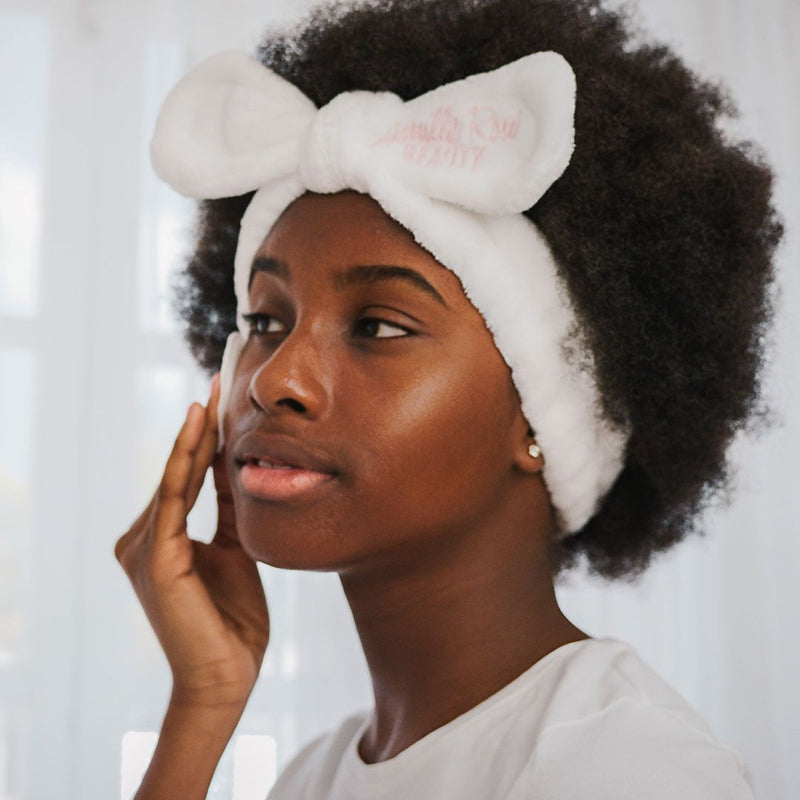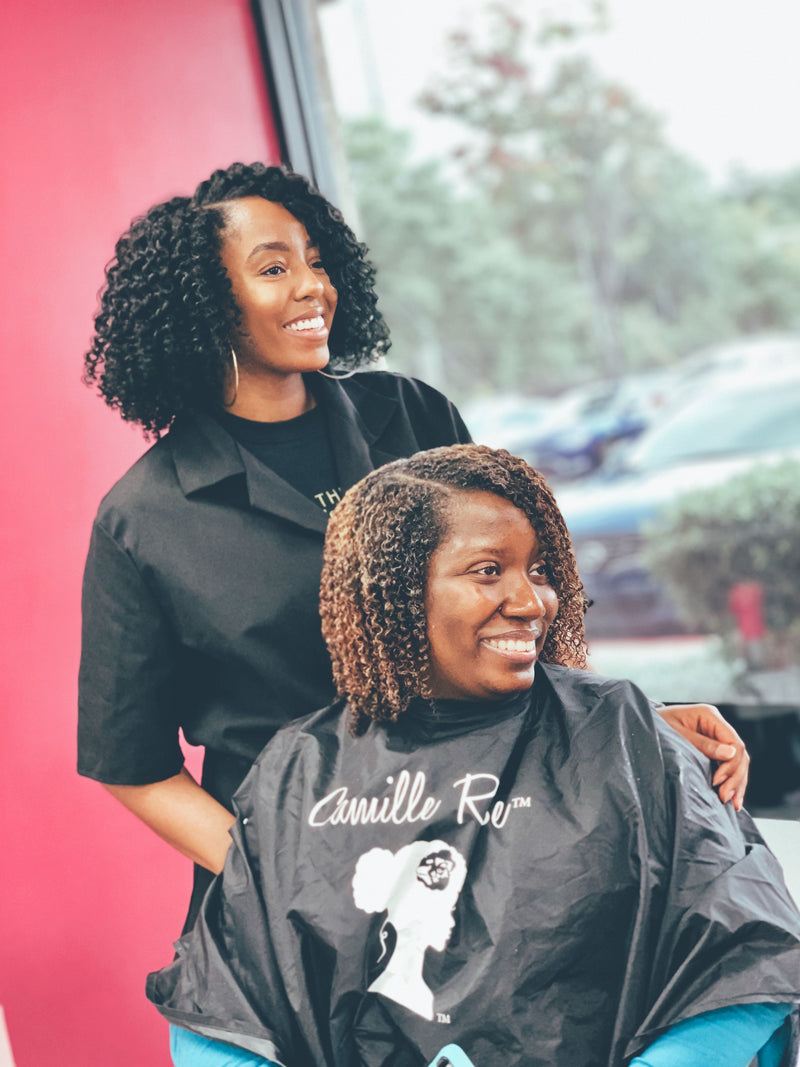Making waves
Made popular by icons like silver screen star Josephine Baker, finger waves are one of the looks most associated with the Roaring ‘20s and flapper culture.
With a changing political climate and women as a whole wanting to see their place in society evolve, fashion began to favor styles that were outside of the norm. This included shorter hairstyles that “delighted the fashionable but frightened the more conservative,” according to Pamela Church Gibson, author, and fashion historian. (via Fashion Magazine)
Finger waves made a big comeback in the ‘90s with stars like Missy Elliot, Foxy Brown, and TLC emulating the style and making it their own.
Knotty and nice
Bantu knots (also known as Chiny bumps or Zulu bumps in some parts of the world) started out as a protective style, created by the Bantu people, whose roots are spread out across Africa these days.
These gorgeous twists can be done on all types of hair from natural to relaxed, braided to loc-ed, or even on wet hair in what is known as a “knot-out” to create sleek and defined curls.
Plait-inum style
Originating in Africa, box braids can be traced back to ancient times — 3500 B.C. to be exact. Traditionally, these braids were worn to represent status, power, to differentiate between tribes and even to communicate messages. Braiding wasn’t only done for style, it was done for the culture.
“Braiding was and is a social art. Because of the amount of time it can take, people often would take the time to socialize. It began with the elders braiding their children, then the children would watch and learn from them…This tradition of bonding was carried on for generations and quickly made its way across the world,” says Alysa Pace of Bomane Salon. (via Byrdie)
In modern times, box braids regained popularity in the 1970s and 80s and had a major resurgence again in the 1990s when they were popularized by artists like Janet Jackson and Brandy.
Big, Beautiful, Bold
What would a discussion about standout Black hair be without mentioning the iconic afro? Gaining major popularity in the 1960s and 70s with the Black is Beautiful movement, afros became a way to express individuality and pride in race and culture.
Today, following the same mindset, afros are a big part of the natural hair movement and a symbol of Black beauty and uniqueness. From the high puff pony to afro puffs and everything in between, this style will always be synonymous with self-love and Black joy.
We love these legendary hair looks from throughout history. Stylish and timeless, these hairstyles slay even in modern days. Which ones would you rock?


























































